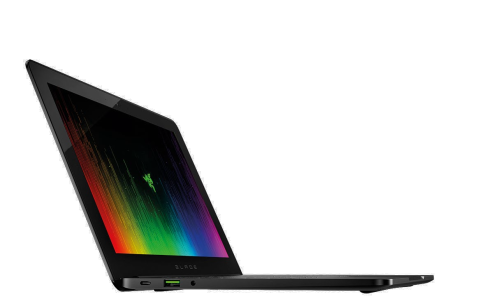With its sleek looks and top-end specifications, this is a premium Ultrabook that you can afford.


With its sleek looks and top-end specifications, this is a premium Ultrabook that you can afford.

Razer Blade Stealth



all your favourite magazines in one place
all your favourite magazines in one place





